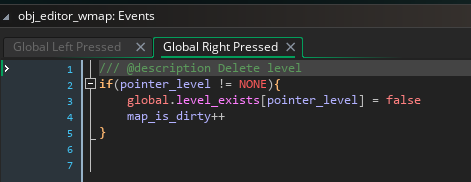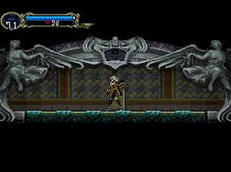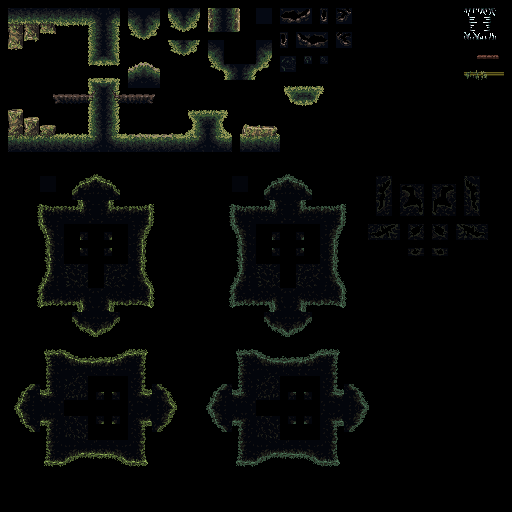There's a mix of shape and sprite particle effects (it's using Game Maker's built-in particle system) so there's example code for both.
The animation system uses a 2D skeletal animation system, the editor should be available in the demo. It works by you defining keyframes (this is what the animation editor exports), then you can set up an animation as a list of keyframes. Once an animation is in place, it's one line of code to use it, and as many objects as you want can use the same animation.
Normal sprite animation also works, some enemies like the Harpy and the bosses use standard sprites. The player is hardcoded to use the skeletal animation system right now, but you could remove all skelani_ function calls in the state machine and replace them with their standard sprite equivalents.





